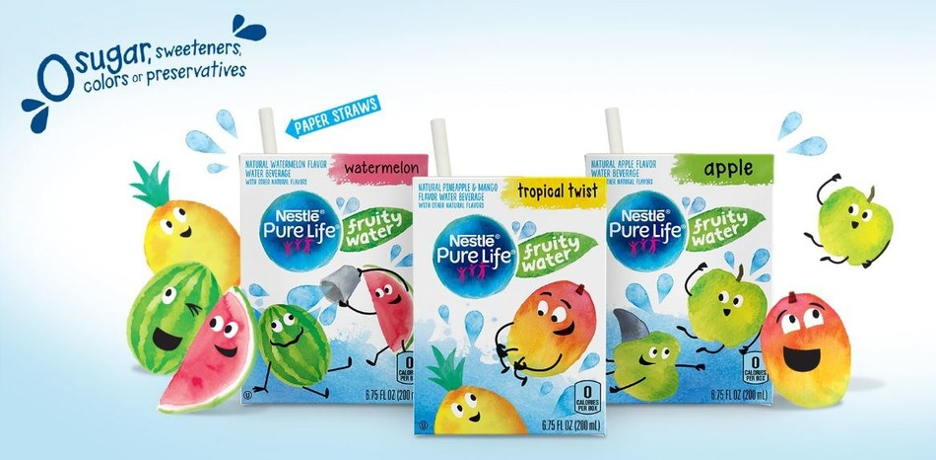Packaged food and beverage companies have endured losses and gains thanks to the COVID-19 pandemic While lockdown orders increased demand for in the at-home channels, sales were significantly hurt by the drop in demand in on-the-go channels.
Coca-Cola and PepsiCo have been rivals in the non-alcoholic beverage sector for decades, but amid the current public health crisis, which stock offers the best return on investment?
Related: Nespresso Developing Sustainable Projects to Better Coffee Plantation Communities
Coca-Cola
Coca-Cola’s second-quarter revenue fell to $7.2 billion, representing a 28 percent year-over-year loss. The pandemic’s impact on the company’s Q2 performance was so extensive that the it posted its largest revenue decline in at least 30 years.
Smaller packages and better beverage choices like Coca-Cola Zero Sugar helped boost Coca-Cola’s soda volumes before the pandemic. But once the March 2020 rolled around, the category suffered with sparkling soft drinks volumes down 12 percent in Q2. As a result, Coca-Cola Zero Sugar sales declined four percent.
The pandemic was not forgiving in other categories either, with tea and coffee volumes falling 31 percent, and those of water, enhanced water and sports drinks down by 24 percent. Additionally, juice, dairy and plant beverage volumes plummeted 20 percent.
As health-conscious consumers have shifted from sugary soda drinks to healthier options, Coca-Cola has been focusing efforts on expansion in non-soda categories. Its portfolio of healthier beverage options has broadened through innovation and several acquisitions, including Britain’s Costa coffee.
By focusing on quality over quantity of brands, Coca-Cola intends to streamline its beverage portfolio by retiring some brands and directing resources to popular ones. More than half of company’s 400 master brands are single-country brands that generate only two percent of the overall revenue.
So far in 2020, Coca-Cola stock has declined 13 percent, with the average price target of $54.67 reflecting an upside of about 14 percent over the coming year.
PepsiCo
PepsiCo was also not immune from the pandemic, but its snack food business has helped it remain stable despite several challenges. PepsiCo’s Q2 revenue declined to $15.9 billion, only a 3.1 percent year-over-year decrease.
More consumers ate in avoided dining out, driving the demand for PepsiCo’s food snack business. Frito-Lay North America grew seven percent and company gained significant market share in the salty, savory and macro-snack sector. A standout company was Quaker Foods North America, whose revenue surged 23 percent.
Like Coca-Cola, the segment’s soda volumes fell ten percent and non-soda volumes were down eight percent. But, PepsiCo gained market share in the ready-to-drink coffee, tea and enhanced water sectors. Also, two of PepsiCo’s most popular beverage brands — Pepsi Zero Sugar and Bubly — delivered double-digit growth.
Through its acquisition of Rockstar and distribution of VPX Sports’ Bang energy drinks, PepsiCo is seeking growth in the energy drink sector. It is also enhancing its portfolio of healthier food and beverage options. By 2025, PepsiCo set a goal of ensuring that over 67 percent of its beverages contain less than 100 calories from added sugar per 12 ounces.
PepsiCo predicts low-single-digit organic revenue growth in the Q3, keeping in line with the recovery in several markets.
The Better Beverage Stock
PepsiCo’s snack food portfolio gives it an edge over Coca-Cola, and its Q2 performance and year-to-date stock movement are better than Coca-Cola. But given the upside potential over the next year and lower valuation, Coca-Cola looks to be a better bet.








Join or login to leave a comment
JOIN LOGIN